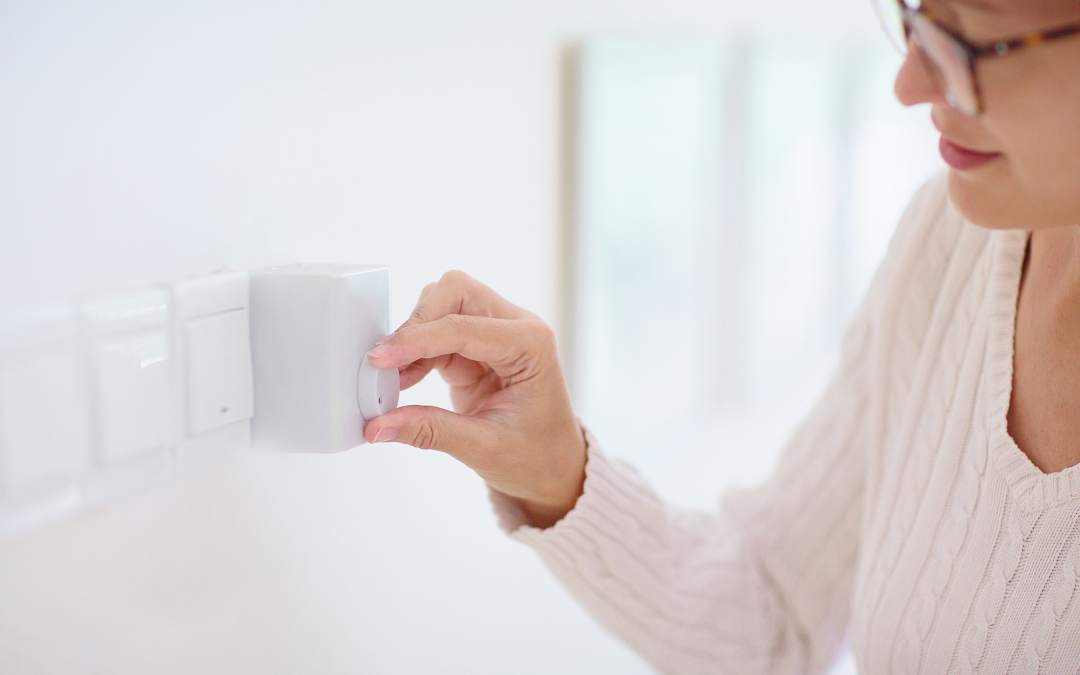After a very late heatwave earlier this month, temperatures have suddenly dropped again, reminding everyone winter is definitely on its way.
Although temperatures of above 20C were felt across the country just a couple of weeks ago, the weather has turned distinctly autumnal now, with chilly winds and blustery showers becoming the norm.
So, anyone who thought they might be able to hold off till November before turning on their central heating may find they can’t endure being cold for that long.
The date daylight saving time comes to an end is traditionally when people succumb to the cold and switch on their thermostat, which would be October 29th this year.
However, some people will be tempted to do so beforehand, with heating technology expert Jess Steele telling The Sun households typically turn their heating on when the temperature outside is below 15C.
“Usually in the middle of October, it is best to turn the heating on as we feel the chill more,” she stated, adding: “By the end of the month, even the hardiest among us will have our heating on to keep warm as temperatures are predicted to drop further.”
The reason why lots of households will be reluctant to use their boiler before they have to is steep energy costs, with gas and electricity bills having soared over the last few years.
However, Ofgem recently announced an energy price cap of £1,834 a year for an average household.
This is significantly lower than its cap of £4,279 between January to March 2023. Although customers were protected by the government’s Energy Price Guarantee between 2022 and 2023, this was still as high as £2,500 per year for a typical household in the UK.
So, homeowners that are feeling the chill already will not have to worry about bills being as high as last year. Therefore, they should check that their boiler is not in need of repairs, so they can turn it on as soon as they feel they need to.

